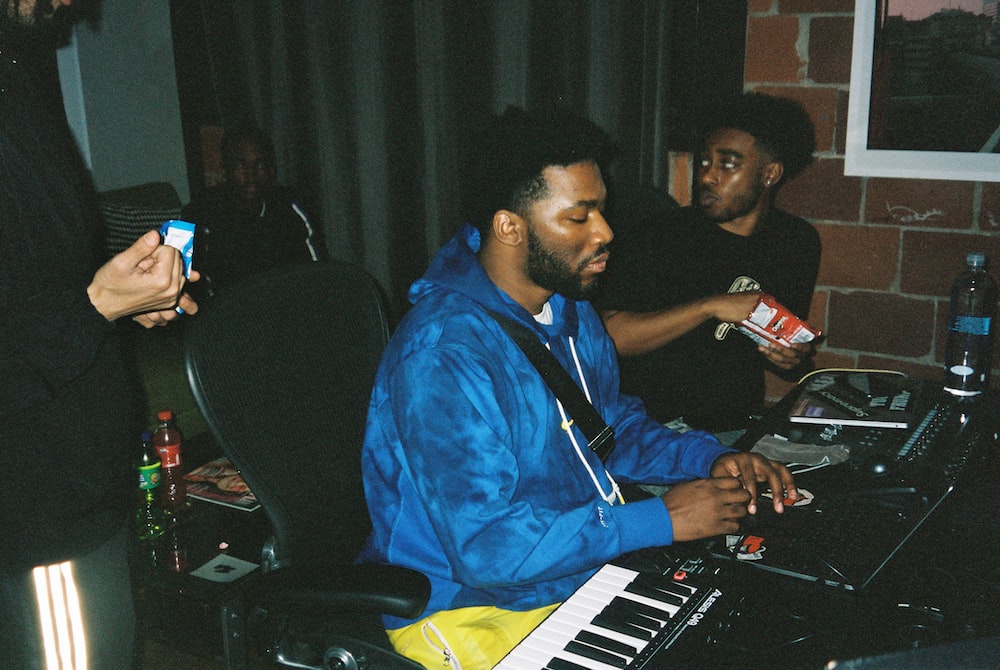With hip hop now being the most popular music genre in the world, it may seem hard to fathom for the newer generation of fans how controversial and turbulent the cultural rise of the genre truly was, but throughout this journey of the past 40 years, hip hop’s love affair with cinema has always persisted.
Despite its current hold on pop culture, rap music is still regarded by most as a counter-hegemonic voice, meaning that the narratives forming the basis of rap music do not affirm the dominant ideology, instead they dispute, question, and deconstruct the systems of power. However this perception of the genre is not entirely applicable to the origins of commercial rap music. The generally accepted first ever rap song to be produced was ‘Rapper’s Delight’ by the (then) three-piece rap group, ‘The Sugarhill Gang’, hailing from New Jersey. Producer and label founder Sylvia Robinson assembled the group with the intention of creating a commercial success, not a counter cultural political voice. So how did hip hop evolve from this radio ready head bopper to a full blown cultural revolution.
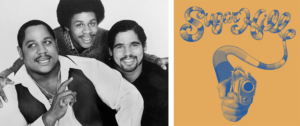
Although it is true that hip-hop owes a lot to Sylvia Robinson and Sugarhill Records, it owes so much more to the block parties of the impoverished Bronx, where the art of record mixing was born, using the percussive breaks of popular songs. Also to subsequent scenes emerging in New York and California.
In Compton, a ghettoised pocket of Los Angeles, young people were born victims to a hierarchical and oppressive class system. Underfunded school programs and social care led many young people to turn to gangs and crime. The vast, and growing, dichotomy between the upper and lower classes in a country so sure of its own greatness was causing countless deaths, not just in Compton and The Bronx but in similar communities across the states.
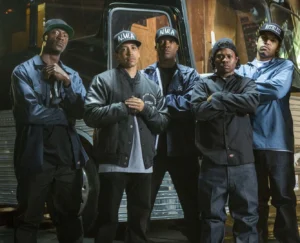 This political climate was all the fuel needed to inspire the African-American and Latino communities to weaponise the musical style. Groups such as N.W.A were on the forefront of this sonic revolution, creating cutting and emotive lyrical content that reflected the systemic injustices faced amongst the minority groups. And thus hip hop, not as a musical genre, but as a culture, was in its full form.
This political climate was all the fuel needed to inspire the African-American and Latino communities to weaponise the musical style. Groups such as N.W.A were on the forefront of this sonic revolution, creating cutting and emotive lyrical content that reflected the systemic injustices faced amongst the minority groups. And thus hip hop, not as a musical genre, but as a culture, was in its full form.
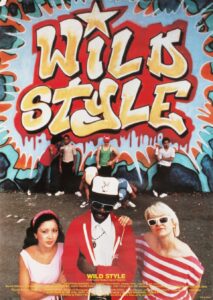
Just like any powerful cultural movement, it wasn’t long before hip hop had spread itsinfluence into all forms of media. Afrika Bambaataa revealed the four key elements of hip hop to be breaking (breakdancing), DJing, MCing (rapping), and graffiti. With half of these integral aspects being performance and visual arts, it was only a natural progression for hip hop to take over the world of cinema. Charlie Ahearn’s 1983 film Wild Style is regarded as the first ‘hip hop film’ and follows a South Bronx graffiti artist as he navigates the different subcultural scenes of the setting. The film is held together by a somewhat flimsy narrative but much like its successors, its strengths lie more in the depiction of interpersonal relationships and the vibe it creates for the characters to exist within.
The following years after Wild Style’s relative success brought many hip hop films that documented the same landscape, such as Stan Lathan’s Beat Street. Hip hop films also began branching out into a more comedic format, with the likes of House Party and CB4. Following the blueprint set by the likes of Bing Crosby and Elvis Presley, emerging hip hop stars began diversifying their careers by stepping into the world of acting, with often incredible box office results.
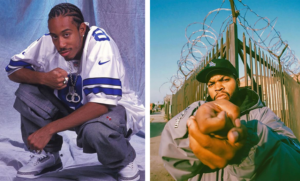
NWA rapper Ice Cube was one of many to make the move, by featuring in John Singleton’s feature debut Boyz n the Hood. The film went on to become a huge critical and commercial success and solidified Ice Cube’s place in Hollywood, which he still occupies to this day. Other successful rappers turned actors in the film industry include the likes of Common, Ludacris, Method Man, and countless others.
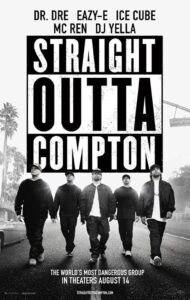
2002 delivered us another cultural giant in the form of Eminem’s 8 Mile, which arguably ushered in the beginning of a new era of hip hop films; an era of films chronicling the semi-autobiographical origins of the protagonist artist, this would eventually evolve and lead to cinematic rap biopics being the prominent iteration of hip hop films. From Notorious in 2009 to All Eyez On Me in 2017, the biopic has been the most popular format of recent times, with the most successful of these in recent years being Straight Outta Compton, which tells the incredible story of NWA’s rise to fame, the film even featured O’Shea Jackson Jr. portraying Ice Cube, his real life father.
With the full circle moment of Ice Cube’s story being told by his son, and after years of biopics, perhaps the medium of hip hop films will shift to a new preferred format. Could the release of a House Party remake this year be a sign of things returning to an older age of rap flicks? Whichever direction we may see, it’s all but certain the combination of hip hop culture and motion pictures isn’t going anywhere anytime soon. As long as the genre continues to dominate the zeitgeist we can be sure to expect its biggest stars and biggest stories to grace the silver screen.

